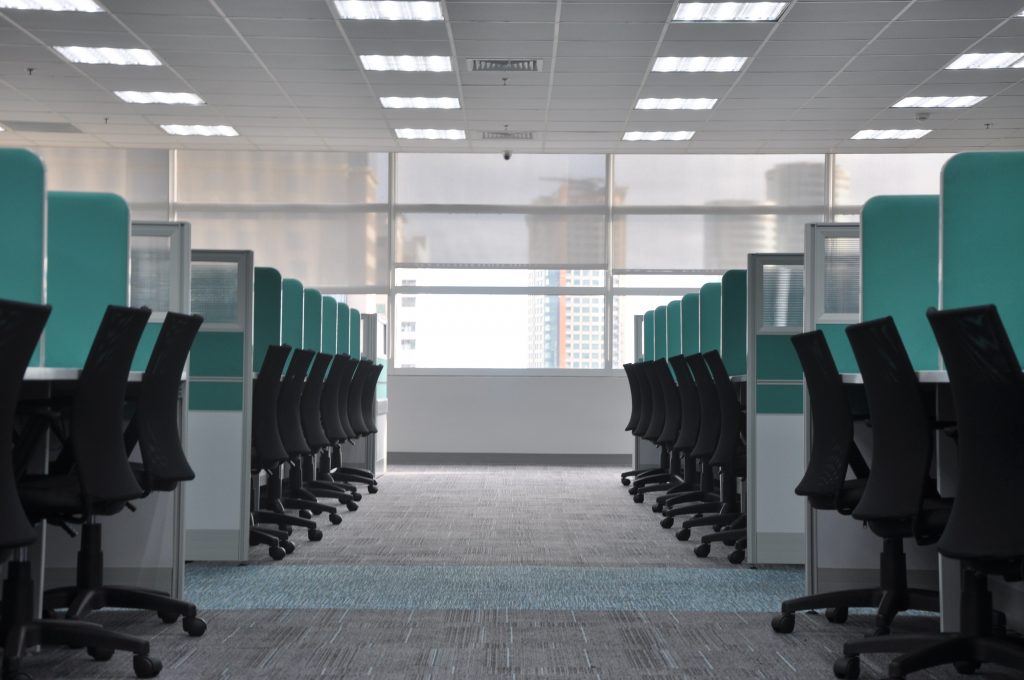Moving Your Business Without Losing Productivity
Moving your business may be the best step for your company’s future, but it undoubtedly comes with many aspects that can easily impede—or even halt—your business’ productivity. With the tasks of the move itself intertwined with daily operations, as well as the anticipation of change in the air, both you and your employee’s productivity can easily be affected. However, this doesn’t have to be the case. With a bit of planning, you can safeguard your company’s productivity during your move.

Here is what you should consider:
The Moving Plan
Brainstorm a list that includes everything that needs to be done for the move.
often requires much more planning than a residential move, so a checklist that details everything that needs to be done before, during, and after can be imperative to keep everything on track. This way, you can see exactly what needs to be done, as well as decide when it should be done and by whom. By planning everything ahead of time, you can ensure that there is still space for maximum productivity, as well as get peace of mind that nothing is being forgotten.
Create a moving checklist that includes everything you can think of, no task is too small or menial. Your list may include:
- Dealing with utility companies
- Renovations that need to be done to the new office
- Reserving elevators and property access for move-in day
- Letting clients know about your change of address
- Finding and booking a moving company or moving truck
- Planning the layout of the new space
The New Office
Give yourself plenty of time to find a new lease and tailor it to your business’ needs.
It is hard enough to work at full capacity in a new environment without the added effect of screeching of power tools in the background. This is why you want to make sure that all installations and renovations are completed before the move.
Start seeking out a new lease at least 6 months ahead of your intended move date. Half a year may feel excessive, but it will allow you enough time to not only find a suitable space but also to tailor it to your company’s needs. Remember, unlike an apartment, a business move involves a lot of prep work to get the office up and running. This may include running internet or other wires throughout, installing furniture, and other renovations to make the space work for both you and your employees.
Your Employees
Make sure that you keep employees in the loop right from the get-go.
Don’t let company gossip be how your employees find out about the move—as soon as you know, let them know. A business move signals change and the possibility of a new direction for a company, which in turn can harvest feelings of uncertainty and confusion among employees. What will this office move mean for them? Will this impact their daily commute? Will the structure of the company stay the same? Your employees want to know about what changes lie ahead with the move, and more importantly, what impact these changes will have.
Hold an initial meeting that lays out what will be happening in the next few months and allow employees to ask questions. Then from there, keep them updated through subsequent meetings or emails. An open-door policy that welcomes additional questions is also a great idea. After all, an informed employee will always be more productive than a confused or worried employee.
The Move
Hire professionals to ensure your move goes smoothly.
Extra planning and additional work are all synonymous with the moving process, so it can be hard to keep your productivity rate up when suddenly you have so many other things to plan for, implement, and worry about.
Consider hiring professionals that can aid you in the moving process from beginning to end and assist with some of your moving to-do list. This type of help generally comes in two forms:
Professional Movers:
Takes care of physical labor and moving tasks that have the potential to take away from productivity. When you and other employees aren’t worried about locating boxes, packing, unpacking, etc. you have a lot more time to dedicate to everyday productivity.
Office Move Manager: They can assist you with everything from pricing movers to keeping employees in the loop, but most importantly, they can help you move your business in an organized manner that is minimally disruptive to the daily flow. You will find that by providing employees with as much normalcy during the transition as possible, they are likely to reward you with regular productivity.
The First In
Ensure your IT department is one of the first to be setup.
We live in a technology-driven world where computer blips can be devastating to productivity. If your systems aren’t up and running smoothly, both your employees and their productivity are in for a bad time.
Give your IT department a few days to set up and settle before everyone else moves in. This allows them to give their undivided attention to the setup, ensure that all systems are operating correctly, and gives them time to explore any new technology that was integrated into the new space. This way, once the rest of the office comes in, they are familiar with the new office. Plus, they don’t have to split their attention between setup and assistance, allowing them to remedy any issues effectively and efficiently.
A lot of changes may be in store for your company with its move, but lower productivity doesn’t have to be one of them. With a little planning, you can relocate your business in a way that not only safeguards your productivity but reduces your stress and keeps your employees happy.

